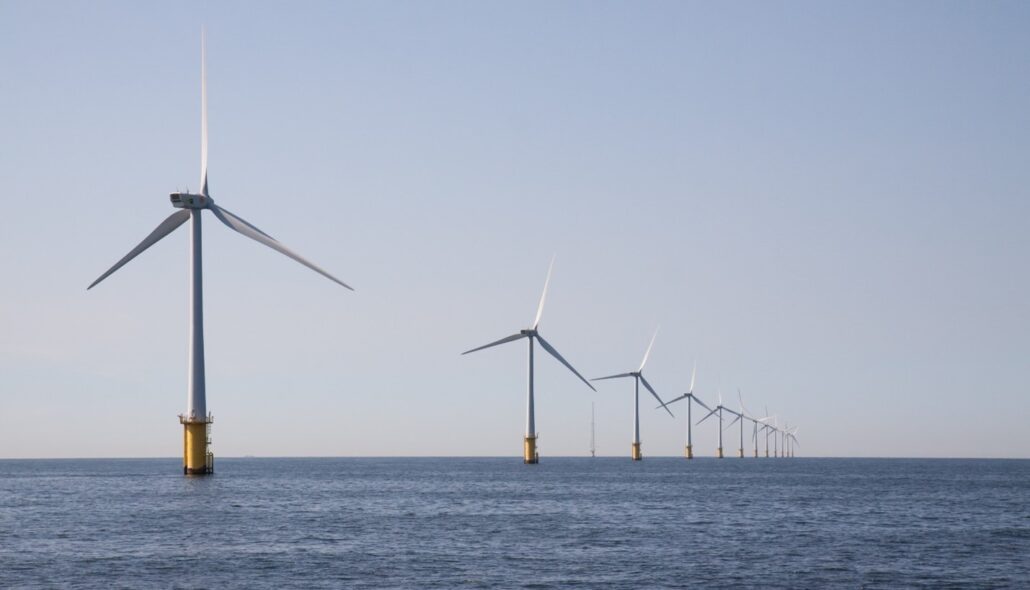Written by Margarita Kyrkou, surveyor & GIS specialist at Wattcrop.
Offshore wind farms have emerged as a promising solution to address the growing global energy demand while mitigating the impacts of climate change. This article provides an in-depth overview of offshore wind farms, exploring their technological advancements, environmental benefits, economic considerations, and associated challenges. By analyzing the current state of offshore wind technology and highlighting ongoing research efforts, we aim to contribute to the comprehensive understanding of this vital renewable energy source.

The escalating need for clean and sustainable energy sources has driven significant interest in offshore wind farms as a viable solution. Situated in bodies of water, offshore wind farms harness the strong, consistent winds found at sea to generate electricity. The technical aspects, benefits, and challenges surrounding offshore wind farms are presented below.
Technological Advancements:
Offshore wind technology has witnessed rapid advancements, primarily in turbine design, foundation structures, and installation techniques. Turbine blades have grown longer and more aerodynamically efficient, thereby increasing energy capture. Floating platforms have been developed to deploy turbines in deeper waters, expanding the potential installation sites. Advanced monitoring systems and predictive maintenance techniques have enhanced operational efficiency, reducing downtime and maintenance costs.
Environmental Benefits:
Offshore wind farms offer several environmental benefits. They produce electricity without emitting greenhouse gases, thereby contributing to climate change mitigation. The offshore environment also mitigates visual and noise impacts on coastal communities. These farms can serve as artificial reefs, providing habitats for marine life and potentially enhancing biodiversity.
Additionally, they contribute to reducing air and water pollution associated with conventional energy sources.
Economic Considerations:
While initial construction costs for offshore wind farms are relatively high, ongoing technological advancements and economies of scale have led to substantial cost reductions over the past decade. Once operational, these farms provide a consistent and reliable source of energy, reducing exposure to volatile fossil fuel prices. Job creation in manufacturing, installation, operation, and maintenance sectors further boosts local economies.
Challenges:
Despite the many benefits, offshore wind farms also face challenges. Technological uncertainties, such as the effects of harsh marine conditions and corrosion, require ongoing research and innovation. Environmental impacts, including potential disruptions to marine ecosystems and migratory patterns, must be carefully managed. Regulatory and permitting processes can be lengthy and complex, often leading to project delays. Additionally, public acceptance and aesthetic concerns may pose obstacles to project development.
Ongoing Research and Future Prospects: Researchers are actively investigating various aspects of offshore wind farms, including optimizing turbine designs for increased energy capture, developing novel foundation solutions for deeper waters, and enhancing grid integration to accommodate fluctuating energy production. Emerging technologies, such as energy storage and offshore-to-shore power transmission, hold the potential to further improve the reliability and efficiency of these farms.
Offshore wind farms represent a pivotal advancement in the pursuit of sustainable energy solutions. Through continuous technological innovation, mitigation of environmental impacts, and addressing economic challenges, offshore wind farms can play a crucial role in the global transition to a cleaner energy future. Collaborative efforts between industry, academia, and policymakers will be essential to unlocking the full potential of offshore wind energy and ensuring a greener planet for future generations.

